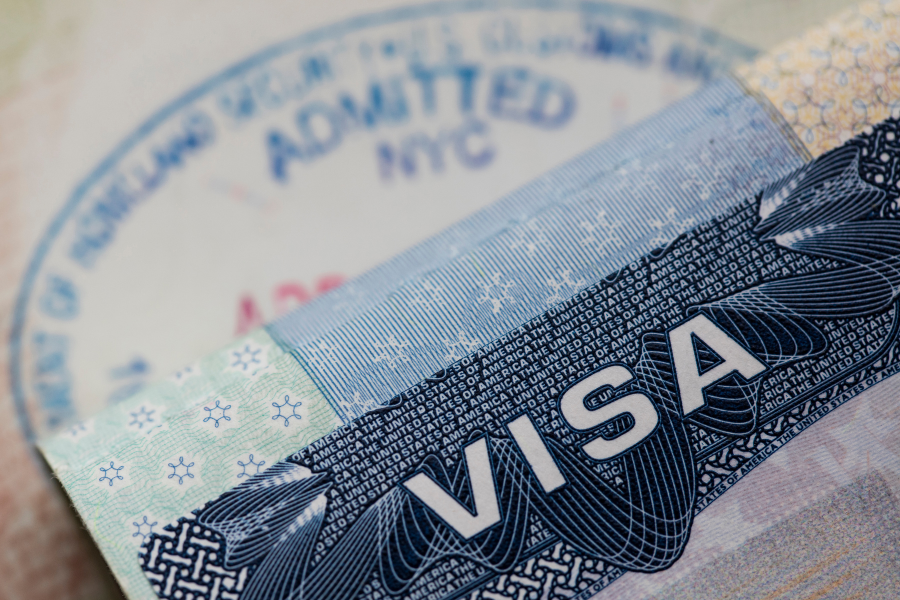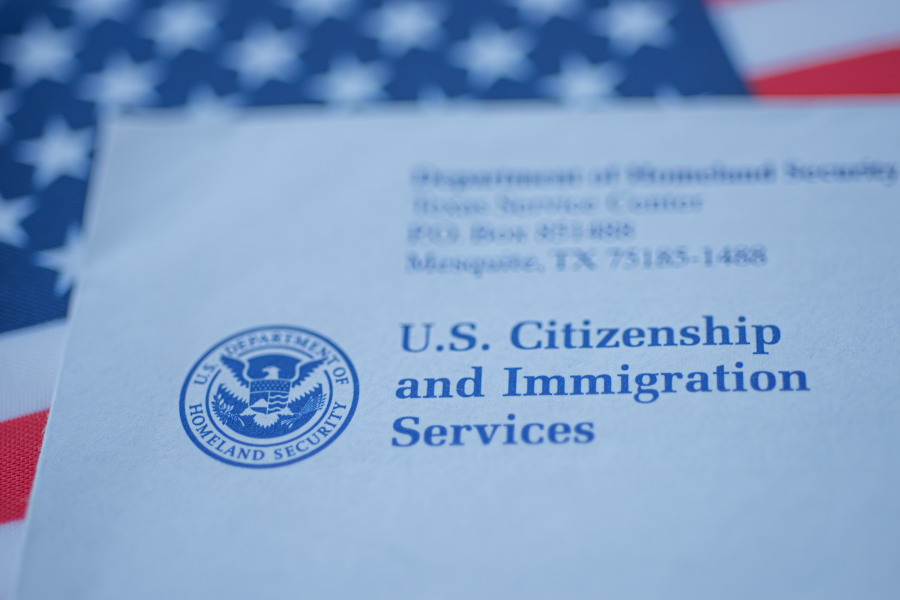Summary:
Delays in processing documents has created a crisis for some Lawful Permanent Residents since the ability to work is tied to demonstrating work authorization and identity. For Permanent Residents, this usually means presenting a Form I-551, Permanent Resident Card (“Green Card”) or a temporary stamp in their passport which shows that they are waiting for a Green Card to be delivered that they are approved to receive. For those who can’t get the stamp and haven’t received the card, they may not be able to work. Fortunately, there are some mechanisms in place to spur the agency which oversees this process to deliver the necessary documentation.
Form I-9s Generally:
U.S. employers must execute a Form I-9, Employment Eligibility Verification (Form I-9) on every employee. To do so, employees present either a List A document (documents which demonstrate both work authorization and identity) or a combination of a List B document (identity documents) and a List C document (work authorization document).
For example, employees could present a validly issued Green Card (a List A document) to demonstrate identity and work authorization or they could present a List B document like a valid, unexpired driver’s license and a List C document like a Social Security Card instead.
What happens if an immigrant is authorized to work but lacks the documentation to prove it?
Employers are required to verify the work authorization and identity of their employees and to document this on a Form I-9. Section 274A of the Immigration and Nationality Act places this burden on the employer and the law and regulations are enforced by Immigration and Customs Enforcement (ICE) through a variety of affirmative, targeted, and random worksite enforcement programs. Thus, even if an employee is authorized to work but lacks documentation to demonstrate identity or work authorization, employers must terminate their employment.
What do immigrants normally provide if their Green Card has not been received?
There are a number of reasons why a Lawful Permanent Resident may not be in possession of valid, unexpired documentation of their status in the United States. In addition to the normal occurrences of lost, stolen, and expired documents, immigrants have to wait for their Green Card to be delivered to them after they become a Permanent Resident and whenever they file for a replacement.
Under normal circumstances, Lawful Permanent Residents present stamps in passports or on their immigrant visas to show they are authorized to work or U.S. Citizenship and Immigration Services (USCIS) documentation to show that they are eligible to work while various applications or petitions are pending.
Why are Permanent Residents struggling to present documentation for the Form I-9 process?
As is true for many Americans, the COVID-19 pandemic and quarantines have made it difficult to obtain documents. Just as states have struggled to issue identification cards and permits, the federal government has struggled to adapt its systems to the practical and regulatory challenges of the pandemic Additionally, USCIS’ approach to modernization has been to curtail individualized services like scheduling people to go into their local office in favor of electronic filings and communication. When the pandemic hit, office closures and staffing challenges slowed down the processing of petitions and applications. Additionally, USCIS has a significant budget shortfall and is facing a staffing furlough, both of which are likely to extend the delays in issuing documents to which Permanent Residents are entitled beyond the pandemic itself.
What should those affected by this situation do then?
The American Immigration Lawyers Association (AILA) has been working closely with government and non-government partners to advocate on behalf of Lawful Permanent Residents. It is generally agreed that the best way to address the lack of employment authorization documentation is as stepped approach: first attempting to get a temporary Form I-551 stamp placed in a passport by the local USCIS office. If that fails to resolve the issue, it may be necessary to go to the U.S. Department of Homeland Security or the U.S. Department of Justice.
Conclusion:
Lawful Permanent Residents are authorized to work in the United States and, like all other authorized workers, must display documentation of their identity and work authorization. Employers must not place additional burdens on employees in administering their responsibilities than those required by the Immigration and Nationality Act. Fortunately, USCIS’ I-9 Central maintains an effective and up-to-date resource for employers and employees and the Form M-274, Handbook for Employers. Through these resources, many of the common questions can be answered.
However, an employers’ responsibilities largely end at the point that the employee states that they cannot document their identity and work authorization. Employers should be careful to stay within their role in this process. The assistance employees need in getting past this hurdle likely won’t come from their employer. There likely are remedies and an AILA affiliated attorney may be the right resource.
Our Services:
The Green and Spiegel is an established immigration firm with extensive experience in these areas. Our attorneys are in the right position to assess the situation, identify solutions, and work with clients to get them the documents they need to get back to work. If you need help with such matters, please contact us on the web or via phone at (215)395-8959.




